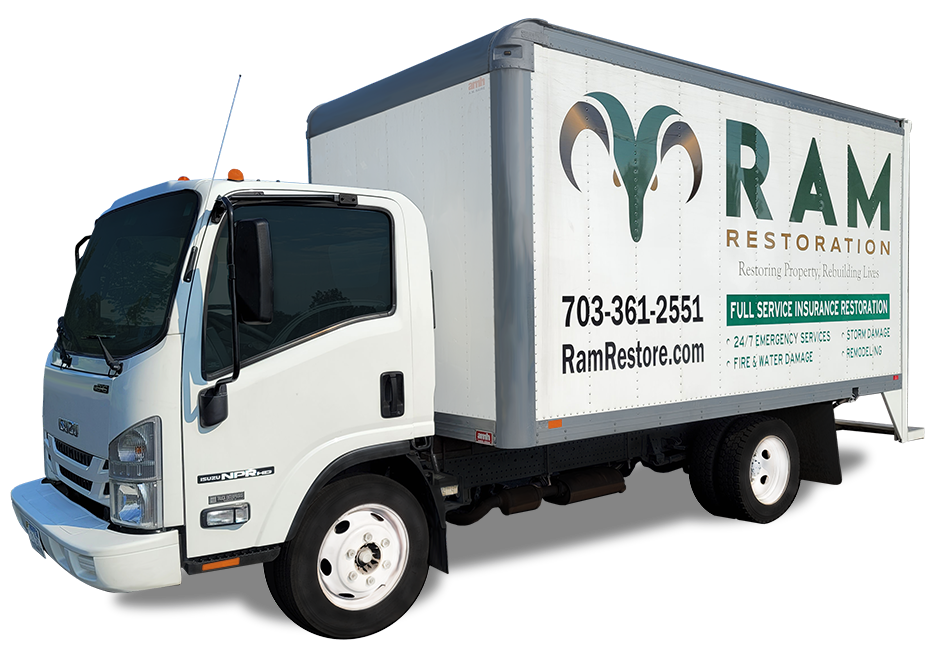What if the soft spot under a window isn’t just a cosmetic issue? It could be a silent threat to the structure of your Warrenton home, spreading behind the walls.
Many Warrenton homeowners ignore wood rot because it hides in important parts like framing and joists. But wood rot is real. It weakens a home’s strength by breaking down wood. Moisture makes it worse, spreading from small spots to big problems if not fixed.
There are two kinds of wood rot. Dry rot happens where air can’t get in, leaving wood brittle and smelling musty. Wet rot grows in damp places, making wood soft and dark. Signs include color changes, soft spots, and even mushrooms.
If ignored, wood rot can cause big problems. Doors and windows can get out of line, floors can sag, and parts of the house can collapse. A quick check by a pro can show how bad it is and why fixing it fast is so important.
Keeping moisture away is the best way to fight wood rot. This means sealed foundations, working downspouts, and well-ventilated areas. These steps help keep your Warrenton home strong and safe over time.
Key Takeaways
- Wood rot weakens load-bearing parts and can become structural damage if left untreated.
- Fungi drive decay by breaking down cellulose and lignin, where moisture stays.
- Dry rot and wet rot show different signs, but both threaten structural integrity.
- Early symptoms include musty odors, soft spots, discoloration, and misaligned doors or windows.
- Professional inspection defines the scope and guides effective remediation.
- Moisture control—sealing, drainage, gutters, and ventilation—is the first line of defense.
- Prompt repairs limit costs, improve safety, and preserve property value in Warrenton, VA.
Understanding wood rot, structural integrity, and why it matters for Warrenton property maintenance
Wood rot is a type of fungal decay that weakens wood where moisture stays. It often shows up in siding, decks, and other areas. When wood fibers break down, it can’t hold as much weight, making structures more prone to damage.
Dry rot starts with moisture and poor air flow. It makes wood look reddish-brown and feel brittle. Wet rot, on the other hand, happens in damp places and makes wood darker and softer. Both types can weaken structures and increase repair costs if not addressed.
Look out for signs of damage like soft spots, crumbling edges, and dark stains. Also, watch for mushrooms, misaligned doors, and cracks in walls or floors. These signs mean there might be hidden decay that needs a professional to check.
To prevent wood rot, stop the moisture-fungus cycle. Check roofs, siding, and plumbing twice a year for leaks. Clean gutters and make sure downspouts don’t splash water near the foundation. Also, improve air flow in tight spaces by clearing vents and using fans.
Keeping moisture away helps wood last longer. Seal the foundation to stop small leaks and waterproof basements. Regularly clean, seal, and re-coat wood surfaces to prevent rot from coming back.
- Inspect high-risk zones each spring and fall.
- Repair roof, siding, and plumbing leaks promptly.
- Maintain gutters and grade soil to drain water away.
- Increase airflow in attics, crawl spaces, and basements.
- Schedule a professional inspection in Warrenton when red flags appear.
Is wood rot considered structural damage in Warrenton?
Wood rot becomes a structural issue when it weakens key parts like beams and joists. It eats away at the wood’s strength, making it hard for the structure to hold its weight. Even small rot spots in trim or siding can spread and harm the framing if moisture stays.
Signs of structural damage include spongy floors and doors that don’t close right. You might also see cracks in stairs, sagging roofs, and stains from water damage. In attics and crawl spaces, soft, dark wood near fasteners is a bad sign. These signs mean you need to take action fast.
Whether wood rot is seen as structural damage depends on a few things. It matters how widespread the rot is, how easy it is to get to, and if the affected wood carries weight. Small, non-critical rot spots might not need a big fix, but major damage does.
Costs for fixing rot vary a lot. Small fixes are cheaper, but bigger jobs like fixing beams or floors cost more. The price also goes up if it’s hard to get to the rot or if you need to match the old finish.
Warrenton homeowners often choose between fixing it themselves or calling a pro. DIY might work for small, easy-to-reach spots, but hidden rot or tricky repairs are best left to experts. Fixing leaks and improving ventilation helps prevent more rot and keeps your Warrenton home strong.
- Key triggers: persistent leaks, poor flashing, clogged gutters, and trapped humidity.
- High-risk zones: rim joists, sill plates, deck ledgers, skylight frames, and chimney chases.
- Decision point: visible rot plus movement or misalignment signals possible structural involvement.
- Budget lens: confirm scope first, then align expectations with realistic rot repair cost tiers.
- Next step: schedule a thorough check and moisture tracing before starting removal.
Conclusion
Wood rot can cause serious damage if it weakens the structure of your Warrenton home. It starts with small signs like soft spots or musty smells. These can quickly spread and harm the parts of your home that carry weight.
Preventing wood rot is key. Keep moisture away by sealing your foundation and fixing gutters. Also, fix roof and plumbing leaks quickly and ensure good air flow in attics and crawl spaces.
Regular checks of your home’s basement, crawl space, decks, siding, and windows are important. Look for signs like discoloration, spongy wood, or fungal growth. These are early warnings that wood rot might be coming.
If you see signs of decay, act fast. A professional inspection can help you understand the extent of the damage. It can also find hidden problems and identify where the moisture is coming from.
Fixing minor damage is usually less expensive. But, if the rot affects the framing or subfloors, the cost can go up. Replacing floor joists can cost between $4,000 and $12,000.
Choosing the right contractors is important. They will remove the damaged wood and fix the problem so it doesn’t happen again. By preventing wood rot, fixing problems quickly, and doing targeted repairs, you can save money and keep your Warrenton home safe.
Reclaim Your Virginia Home with Ram Restoration
Storm, fire, or water damage? Ram Restoration provides fast, dependable emergency response and expert cleanup for all your restoration needs. Available 24/7—contact us now and start rebuilding today!







